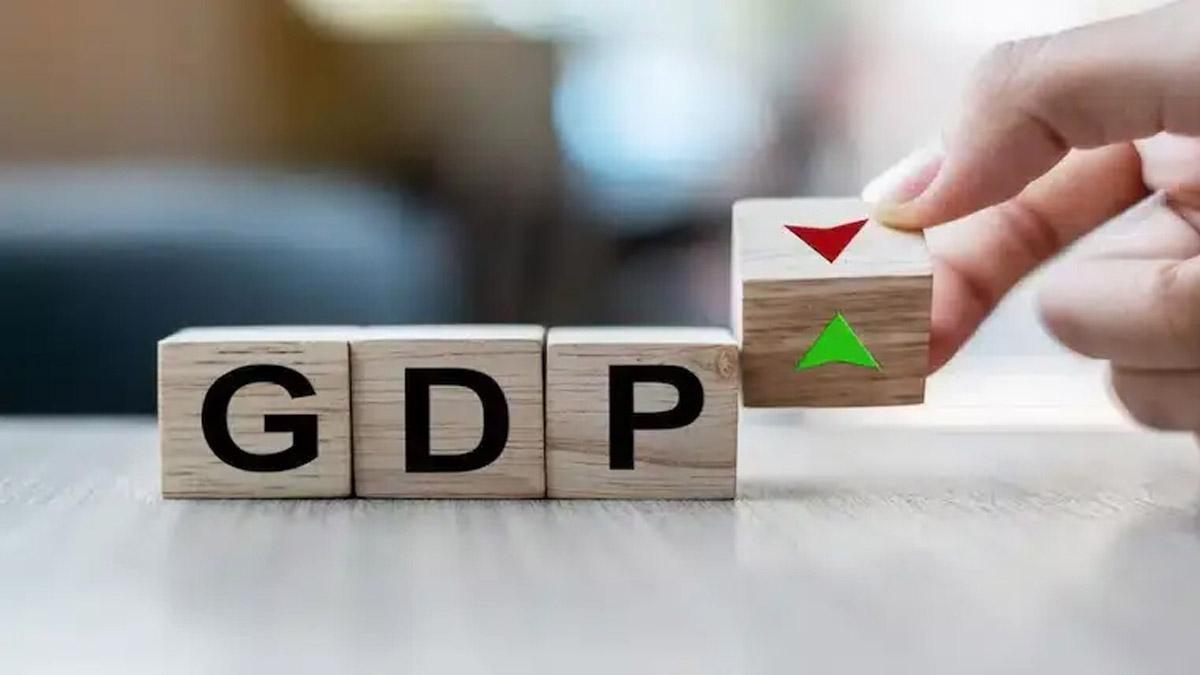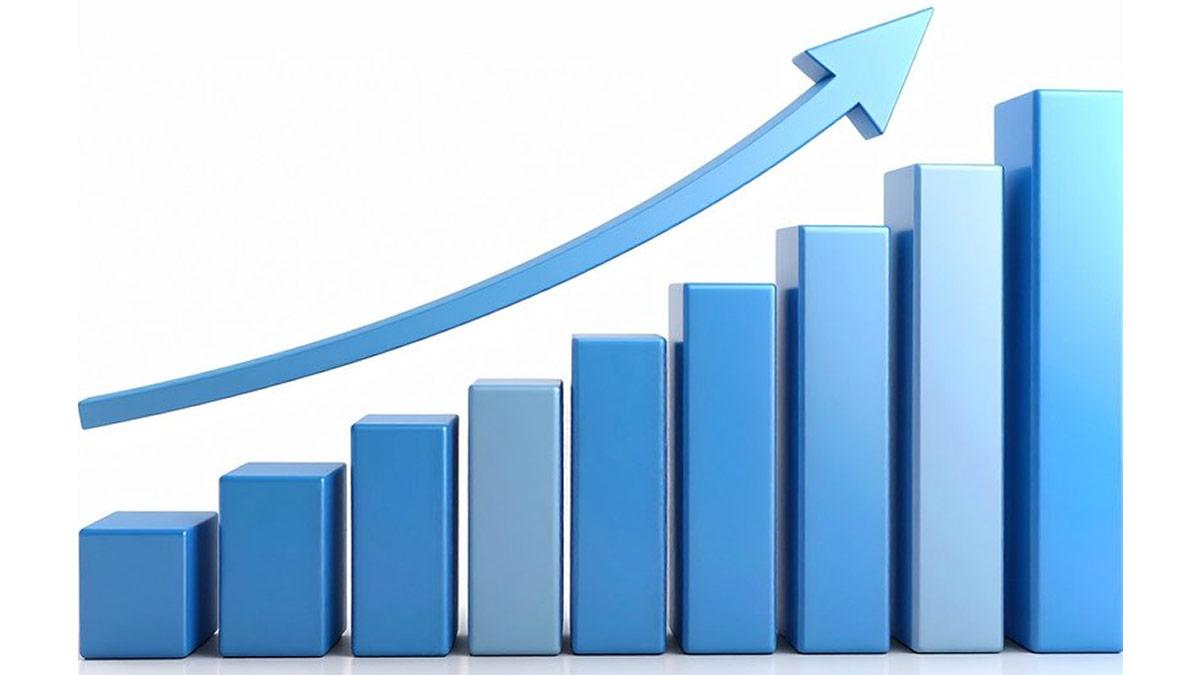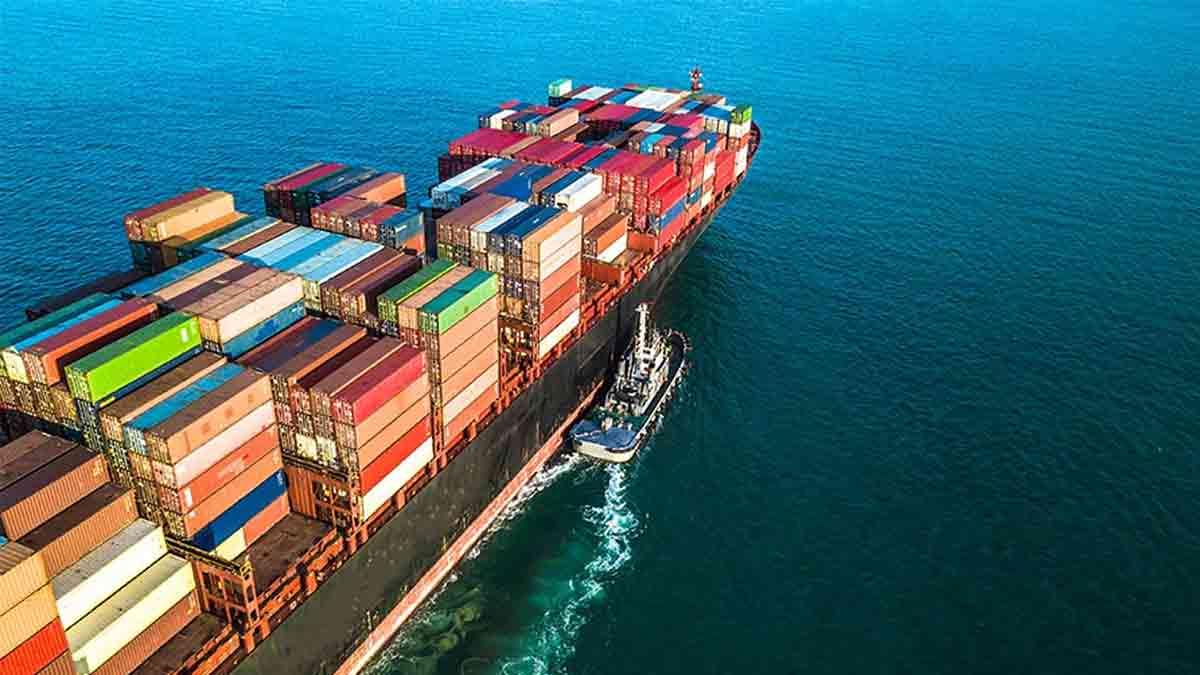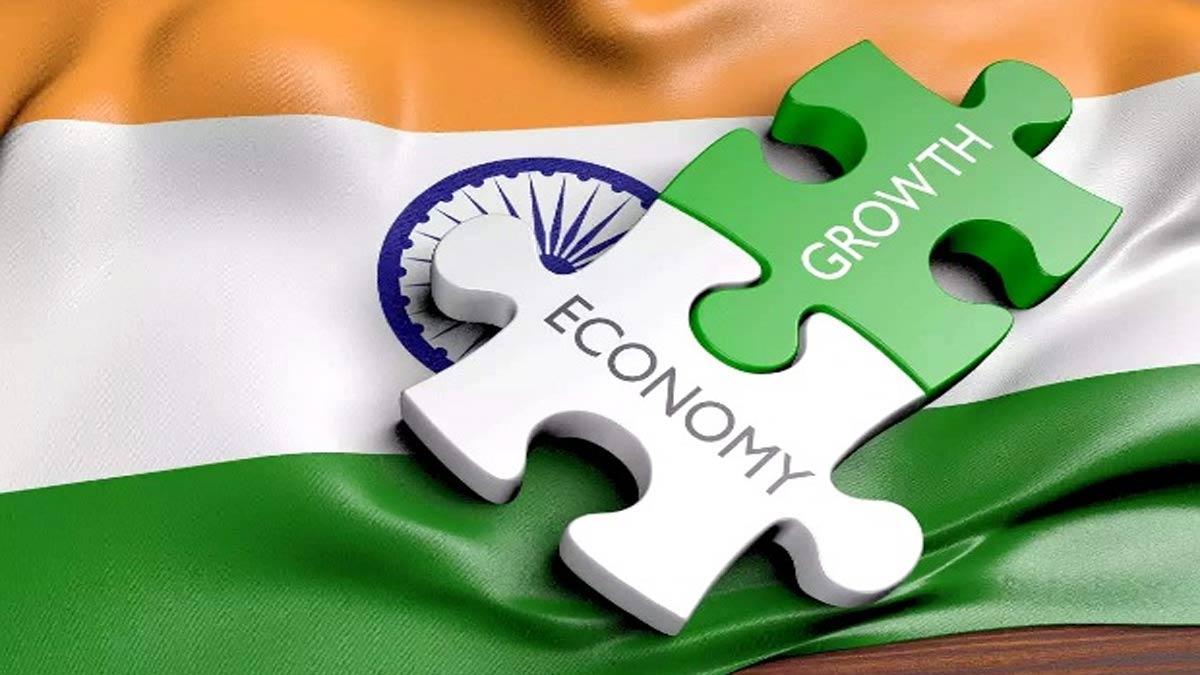India's economy is projected to grow 6.2% in the year 2025–26 (FY26), with consumer price inflation likely to be around 4.0%, as per a new report that was published on Friday.
The report further indicates that if economic growth does not witness unexpected downward pressure, the Reserve Bank of India (RBI) is not likely to cut interest rates further.
CareEdge Ratings has approximated the Current Account Deficit (CAD) at 1.0% of GDP in FY25, decreasing slightly to 0.9% in FY26. The fiscal deficit for FY26 is expected to be approximately 4.4%.
As per the report, "The 10-year G-Sec yield is likely to be between 6.0 per cent–6.2 per cent by the end of FY26, and the USD-INR exchange rate is likely to trade between 85 and 87 by the end of FY26."
In the wake of its latest Monetary Policy Committee (MPC) meeting, RBI has signaled ongoing commitment towards the support of economic growth as inflationary pressures are seen easing. One step in that direction was the central bank's announcement of a phased 100 basis point cut in the Cash Reserve Ratio (CRR), from September. The measure is expected to infuse approximately ₹2.5 lakh crore of long-term liquidity into the financial system by December 2025.
For FY26, the RBI has retained the GDP growth estimate at 6.5% but lowered its inflation forecast to 3.7% from the previous estimate of 4.0%.
At the same time, international crude oil prices saw a sharp appreciation in June, going close to $79 per barrel as tensions in the Middle East escalated — a mark since January 2025. But as tensions eased, the price fell by 14%.
CareEdge Ratings anticipates Brent crude to be trading between $65 and $70 per barrel in FY26, on the assumption of no new escalation of geopolitical tension. The report asserts that this level of price will not compel any revision of GDP growth, inflation, fiscal or current account deficit, or the value of the rupee forecasts.
"However, the Middle East conflict continues to be a top-watchable, particularly since the Strait of Hormuz handles more than one-quarter of seaborne oil trade worldwide," the report further said.
India's diversified oil procurement strategy provides some safeguard against local supply interruptions. For example, Iran's contribution to India's petroleum, oil, and lubricant (POL) imports fell to merely 0.1% in FY25 from 5.2% in FY15.
Though the Middle East continues to remain a key contributor towards fulfilling India's oil demand, its percentage declined from 60% to 50% during the last decade. Russian oil imports, however, have witnessed a sharp increase, reaching 28.5% in FY25 from a paltry 0.2% in FY15.
Read also| Report: E‑Commerce Set to Power India’s $1 Trillion Digital Surge by 2030
Read also| Trade agreements with US, EU to be concluded soon, Says Nirmala Sitharaman


















